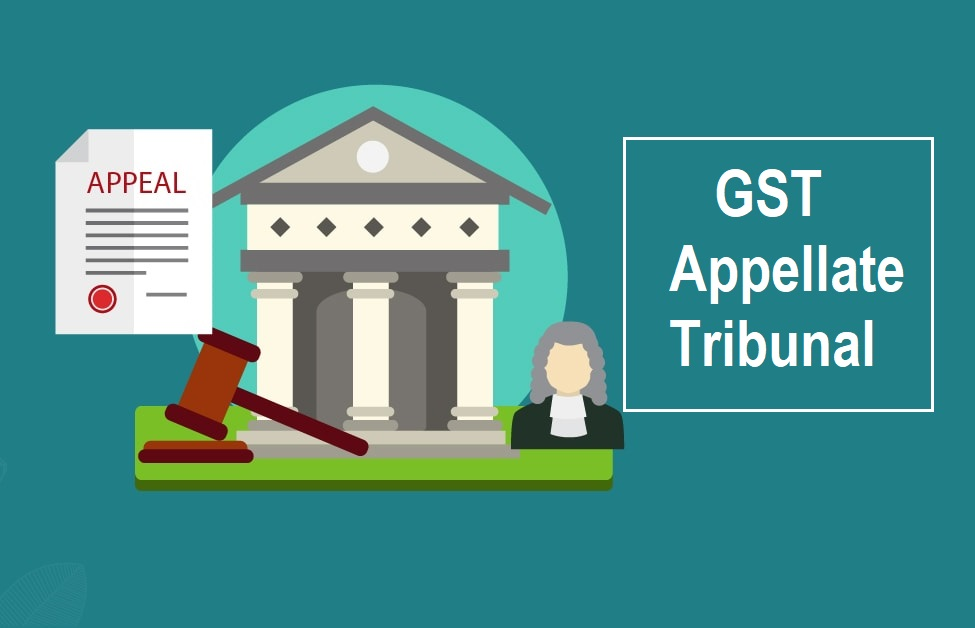- Courses
- GS Full Course 1 Year
- GS Full Course 2 Year
- GS Full Course 3 Year
- GS Full Course Till Selection
- Answer Alpha: Mains 2025 Mentorship
- MEP (Mains Enrichment Programme) Data, Facts
- Essay Target – 150+ Marks
- Online Program
- GS Recorded Course
- Polity
- Geography
- Economy
- Ancient, Medieval and Art & Culture AMAC
- Modern India, Post Independence & World History
- Environment
- Governance
- Science & Technology
- International Relations and Internal Security
- Disaster Management
- Ethics
- NCERT Current Affairs
- Indian Society and Social Issue
- NCERT- Science and Technology
- NCERT - Geography
- NCERT - Ancient History
- NCERT- World History
- NCERT Modern History
- CSAT
- 5 LAYERED ARJUNA Mentorship
- Public Administration Optional
- ABOUT US
- OUR TOPPERS
- TEST SERIES
- FREE STUDY MATERIAL
- VIDEOS
- CONTACT US
Goods and Services Tax Appellate Tribunal (GSTAT)
Goods and Services Tax Appellate Tribunal (GSTAT)
11-05-2024

Recently, The central government has appointed retired Justice Sanjaya Kumar Mishra as the President of the Goods & Services Tax Appellate Tribunal (GSTAT).
About Goods and Services Tax Appellate Tribunal (GSTAT):
- Function:
- Resolves GST-related disputes at the appellate level.
- Establishment:
- Established under the Central Goods and Services Tax Act, 2017 (CGST Act) to handle appeals per the act and the respective State/UT GST Acts.
- Structure:
- One Principal Bench in Delhi.
- 31 State benches in various locations.
- Composition:
- President (Head)
- Judicial Member
- 2 Technical Members (one from the state and one from the Centre)
- State benches consist of 2 Judicial Members, a Technical Member (Centre), and a Technical Member (state).
- Eligibility:
- President: Supreme Court judge or a High Court Chief Justice.
- Judicial Member: High Court Judge or an Additional District Judge/District Judge for 10 years.
- Technical Member (Centre): Indian Revenue Service (Group A) or All India Service member with three years of GST administration experience in the Central Government.
- Technical Member (state): State government or All India Service officer with a rank above Additional Commissioner of Value Added Tax (above First Appellate Authority).
- Technical Member (state) must have 25 years in Group A Services or equivalent and 3 years in GST or finance and taxation in the State Government.
- Age Limit and Tenure:
- The president and judicial and technical members of the Goods and Services Tax (GST) Appellate Tribunals (GSTAT) hold office for 4 years or until they reach the ages of 70, 67, and 67, respectively, whichever comes first.
- Previously, the age limit for the president was 67 years, and 65 years for members
- Powers:
- Equivalent to a Civil Court.
- Can pass orders, hear cases, impose penalties, and revoke or cancel registrations.
What is Goods and Services Tax (GST)?
- Unified Indirect Tax: The Goods and Services Tax (GST) is a unified, indirect tax system implemented in India to replace a complex web of previous indirect taxes levied by both the central and state governments.
|
Date of Introduction:
Constitutional Amendment:
|
- Destination-Based Consumption Tax: GST is applied on the consumption of goods and services at the point of sale. This means the tax revenue goes to the state where the goods or services are consumed, not where they are produced.
- Multi-Stage Tax: GST is collected at every stage of the supply chain (manufacturing, wholesaling, retailing) with businesses able to claim input tax credit (ITC) for taxes paid at earlier stages. This avoids the cascading effect (tax on tax) present in older tax systems.
Key Features of GST
- Subsumes Multiple Taxes: GST replaced numerous indirect taxes like VAT, Excise Duty, Service Tax, Octroi, etc., simplifying the tax structure.
- Dual GST Model: India follows a dual GST model with two components:
- Central GST (CGST): Collected by the Central Government
- State GST (SGST): Collected by the State Governments
- Integrated GST (IGST): Levied on inter-state transactions of goods and services, and on imports. The revenue is shared between the central and state governments.
- GST Council: A governing body consisting of central and state finance ministers that makes recommendations on GST rates, exemptions, rules, etc.
Benefits of GST
- Reduced Tax Burden: GST reduced the cascading effect of taxes, potentially leading to lower prices for consumers.
- Simpler Tax System: GST replaced multiple taxes with a unified system, making tax compliance easier for businesses.
- Boost to the Economy: GST aimed to create a common market throughout India, promoting free trade, and boosting economic growth.
- Increased Tax Base: GST expanded the tax net, potentially leading to increased tax revenue for the government.
- Transparency: GST introduced online systems for tax filing and returns, enhancing transparency and reducing corruption.
How GST Works
- Input Tax Credit (ITC): Businesses can claim a credit for GST paid on inputs (raw materials, etc.) against GST they collect on the sale of their products or services. This prevents cascading taxes.
- GST Network (GSTN): An online portal handling GST registration, return filing, and payments.
- GST Rates: GST has multiple tax slabs (0%, 5%, 12%, 18%, 28%), with different items categorized accordingly.
Example:
A footwear manufacturer buys material worth Rs. 100 and pays 18% GST (Rs. 18). They sell the finished shoes for Rs. 200, charging 18% GST (Rs. 36). Their net GST payable is Rs. 18 (Rs. 36 output tax - Rs. 18 input tax credit).
Must Check: Best IAS Coaching In Delhi



